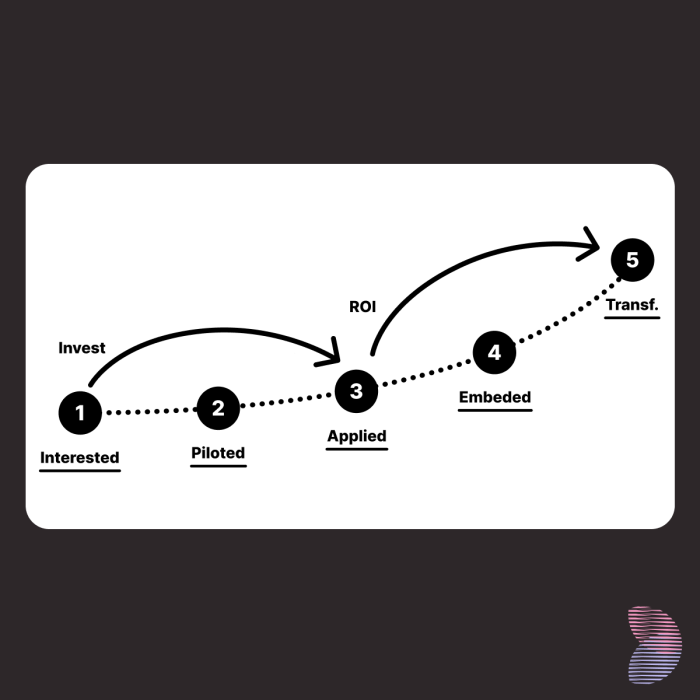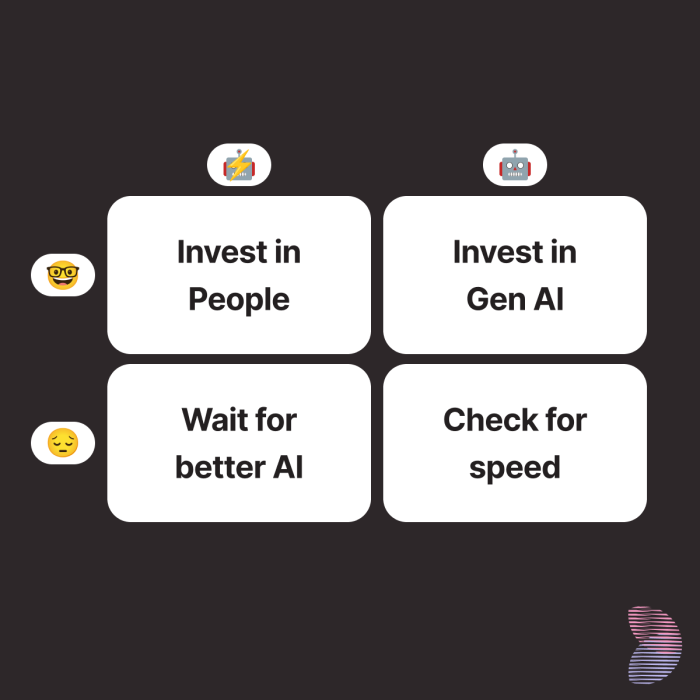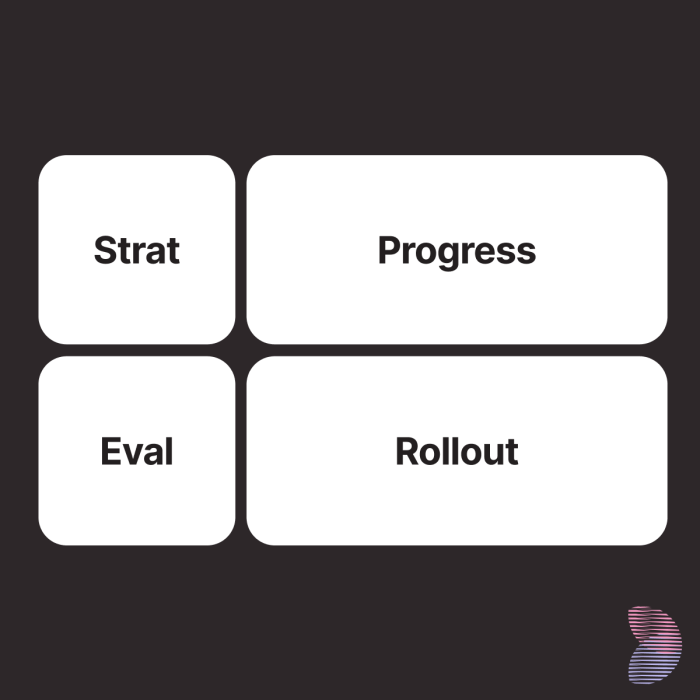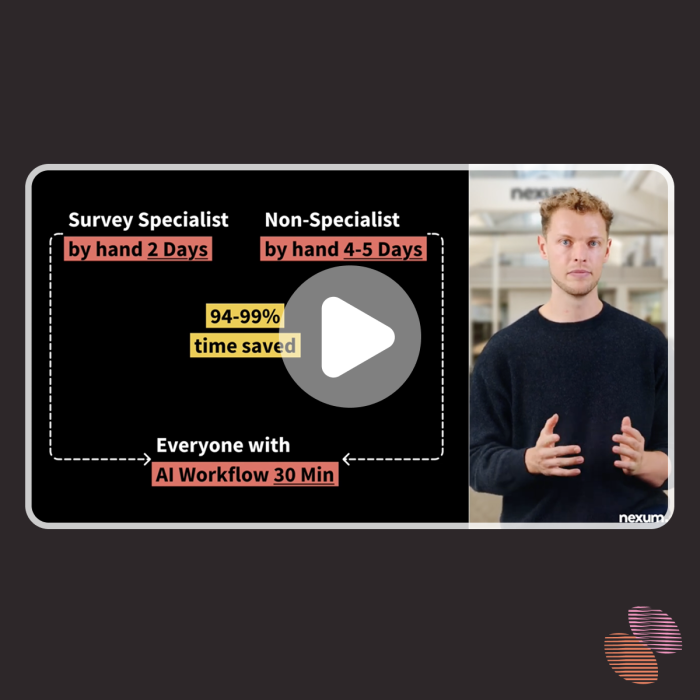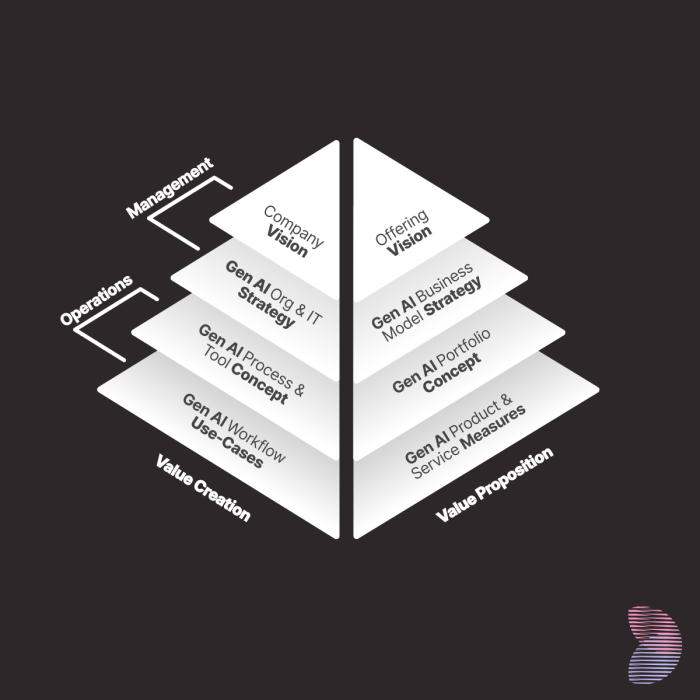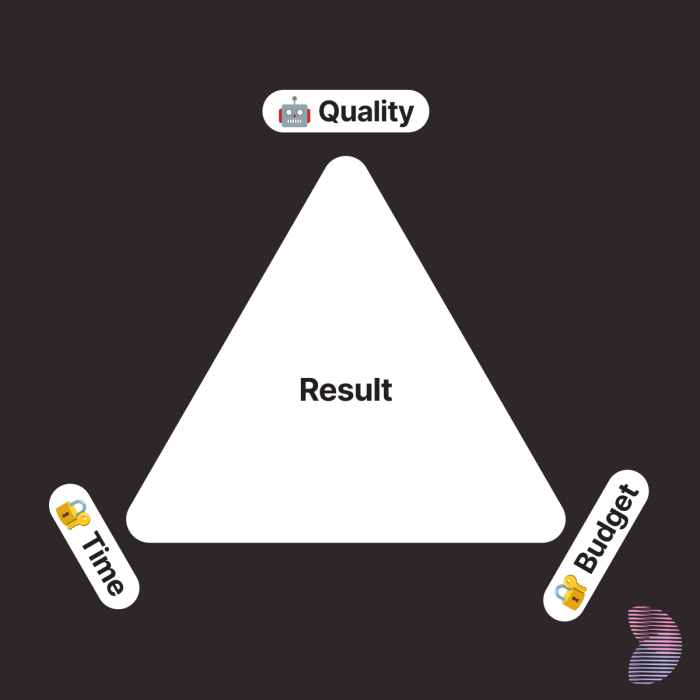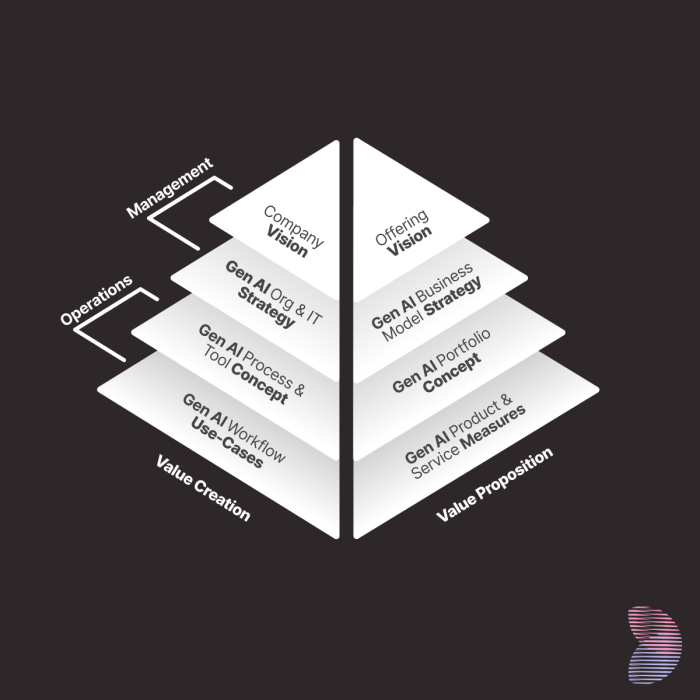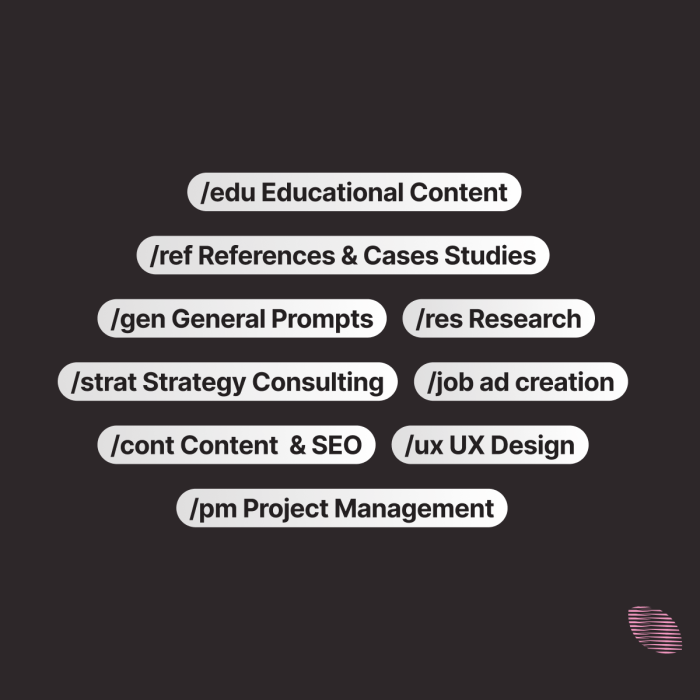The Future of Web
Watch the hole webinar here
A quick background on me – I’ve been working with AI systems for quite some time now, and I have to say, what we’re seeing with generative AI is something that’s fundamentally changing how we think about web interaction. Let me break this down for you in a way that’s actually practical.
Long-term Changes
The AI Assistant Era is Coming – Whether We Like It or Not
So here’s the thing – and I say this based on what I’m seeing in the industry – AI assistants are going to become the primary interface for user interaction within the next three to five years. That’s not just speculation, that’s what the data is telling us.
I mean, think about it: 62 percent of users already prefer chatbots over traditional support. And here’s what’s really interesting – 71 percent of Gen Z users are using chatbots for product research. That’s not a small shift, that’s a fundamental change in user behavior.
What does this mean practically? Well, I think we’re looking at a situation where websites become essentially databases that AI systems query, rather than interactive user interfaces. Microsoft, Google, Apple – they’re all integrating these assistants deep into their devices, using both local and cloud-based models to provide personalized, contextual support.
The key thing here is that these aren’t just fancy chatbots anymore. We’re talking about sophisticated RAG systems – that’s Retrieval-Augmented Generation for those who aren’t familiar – that can actually understand context and deliver precise information.
Watch the hole webinar here
A quick background on me – I’ve been working with AI systems for quite some time now, and I have to say, what we’re seeing with generative AI is something that’s fundamentally changing how we think about web interaction. Let me break this down for you in a way that’s actually practical.
Medium-term Perspective
The Hybrid Era – And Why It’s More Complex Than You Think
Now, in the medium term – and this is where it gets interesting – I believe we’re going to see a hybrid usage pattern. Some users will still prefer traditional browsing, while others will rely primarily on AI assistants to get specific information.
Here’s what I’m seeing: user expectations are changing rapidly. They’re becoming more impatient and demanding immediate, precise answers. That means companies need to respond by personalizing their content more heavily and understanding their target audiences better.
But here’s the challenge – and this is something I tell my clients all the time – you need to make your content machine-readable and semantically rich. That’s not just about SEO anymore, that’s about being discoverable by AI systems. And yes, you can automate a lot of this with LLMs, but you still need the strategic thinking behind it.
The user intent becomes crucial here. We’re not just talking about keywords anymore, we’re talking about understanding the underlying motivations and contexts of user queries.
Short-term Actions
What You Should Actually Be Doing Right Now
Okay, so practically speaking – and this is where I always get concrete with my recommendations – companies should start implementing chatbots on their websites immediately. Not because it’s trendy, but because it gives you qualitative insights into user preferences and optimizes your content production.
Here’s what I recommend: Start with prototypes. Run design sprints. Test the functionality and value of AI assistants with your actual users. You need an interdisciplinary team – content experts, product specialists, support staff – because this isn’t just a tech project.
And here’s the thing that many companies struggle with: you need to be willing to give up control and let the systems operate independently. That requires courage and the acceptance that mistakes will be made, but those mistakes are valuable learning opportunities.
A Pragmatic Approach
From Theory to Implementation
Look, I’ve seen too many companies get stuck in the theoretical phase. What I always tell my clients is: start with comprehensive knowledge about your products and services, then structure that data for AI systems. This enables precise and contextually relevant answers.
The key is understanding that we’re not just building chatbots, we’re building intelligent systems that can actually understand and respond to complex user needs. That’s a fundamental shift in how we think about user experience.
My Take on the Future
What This Actually Means
Here’s my honest assessment: The future of the web lies in the harmonious integration of technology and human interaction. Generative AI isn’t just changing user behavior – it’s fundamentally altering how companies communicate with their customers.
But here’s what I think is most important: success lies in the ability to adapt and use technological possibilities creatively and thoughtfully. We’re not just implementing new tools, we’re reimagining the entire interaction paradigm.
As someone who’s been working in this space for a while, I can tell you that the companies that succeed will be those that embrace this change proactively rather than reactively. The technology is there, the user behavior is shifting – the question is whether businesses are ready to meet their customers where they’re going, not where they’ve been.
This analysis is based on current industry trends and practical implementation experience. The timeline and specific impacts may vary depending on adoption rates and technological developments.


